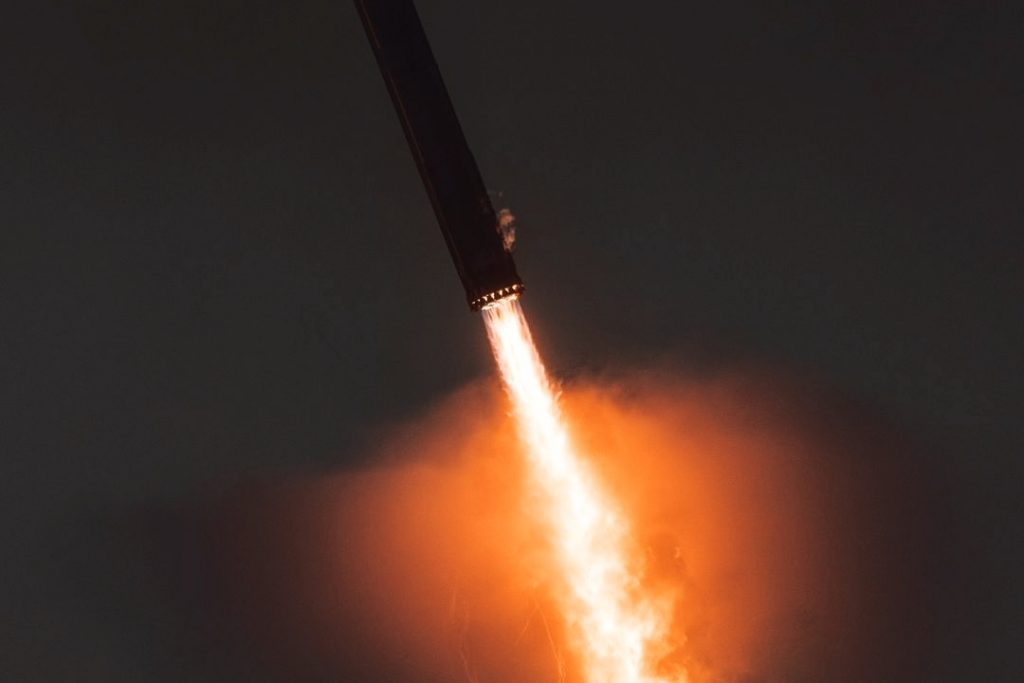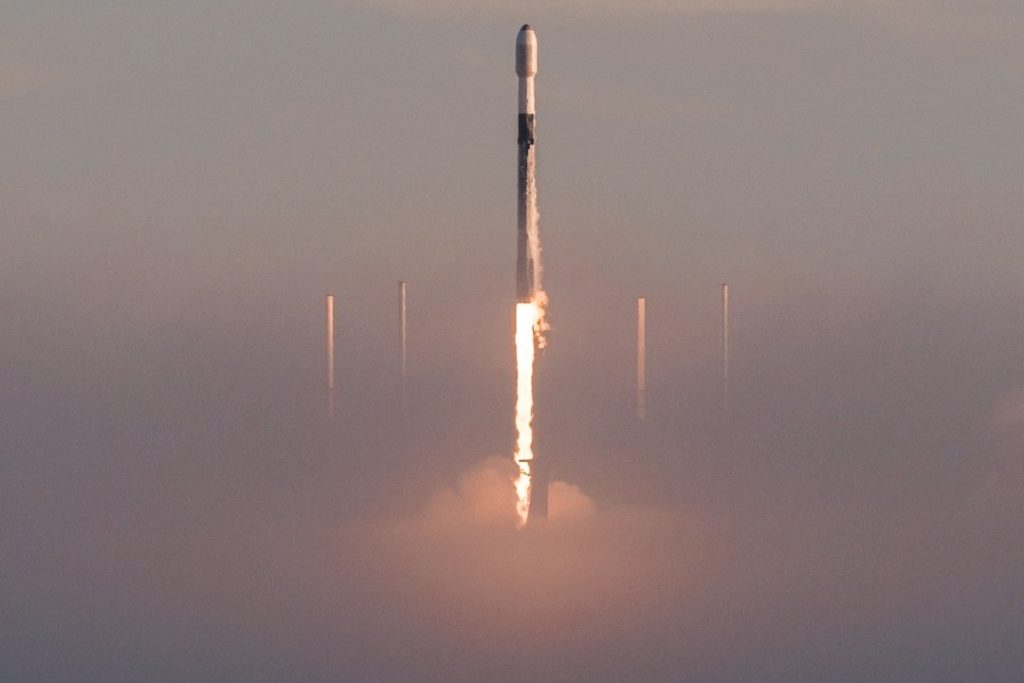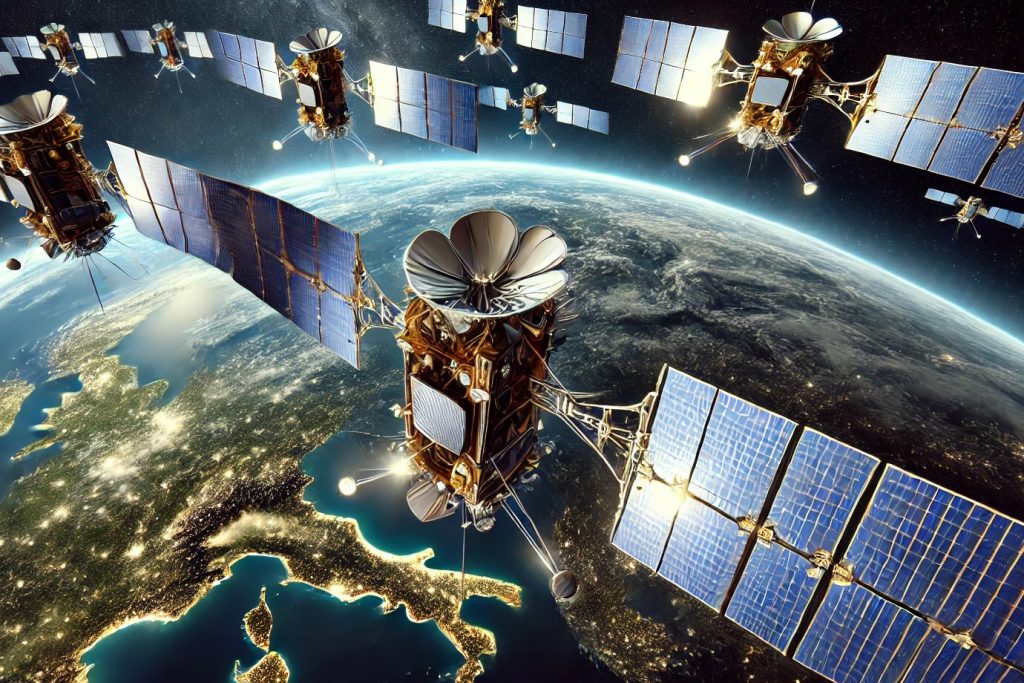Humanity’s quest to explore the unknown has always pushed the boundaries of innovation. From the first telescope to today’s advanced interplanetary missions, space exploration technologies have evolved into powerful tools for discovery, economic growth, and technological innovation. These technologies not only help us understand the cosmos but also generate solutions for challenges on Earth, influencing industries as diverse as telecommunications, healthcare, agriculture, and environmental science.
This comprehensive article delves into the history, key developments, current applications, challenges, and the future of space exploration technologies, highlighting their profound impact on society and science.
The Origins of Space Exploration Technologies
The idea of exploring space has captivated humanity for centuries, but the 20th century marked the birth of practical space exploration technologies. The development of rocketry, driven by pioneers like Konstantin Tsiolkovsky and Robert Goddard, laid the foundation for space travel.
The launch of Sputnik 1 by the Soviet Union in 1957 marked the beginning of the space age. This artificial satellite was a marvel of its time, showcasing the potential of space exploration technologies to revolutionize science and geopolitics. The subsequent space race led to a rapid acceleration in technological innovation, culminating in milestones like the Apollo moon landings and the deployment of satellites for global communication.
Core Space Exploration Technologies

The field of space exploration is vast, encompassing a wide range of technologies that enable missions to study our planet, explore other celestial bodies, and look beyond the Milky Way. Key technologies include:
1. Rockets and Propulsion Systems
Rockets are the backbone of space exploration technologies, providing the thrust needed to overcome Earth’s gravity. Over the years, advancements in propulsion systems, such as liquid-fuel rockets, ion propulsion, and reusable rocket technology, have made space travel more efficient and cost-effective.
- Reusable Rockets: Companies like SpaceX have revolutionized rocketry by developing reusable systems like the Falcon 9 and Starship, significantly reducing the cost of launching payloads into space.
2. Satellites
Satellites are arguably the most impactful space exploration technologies, enabling everything from GPS navigation to climate monitoring. They serve as tools for communication, Earth observation, scientific research, and even defense.
- Miniaturized Satellites: CubeSats and nanosatellites represent a new wave of satellite innovation, offering affordable and flexible options for research and commercial use.
3. Space Telescopes
Space telescopes like the Hubble Space Telescope and the James Webb Space Telescope allow scientists to peer into the far reaches of the universe, studying phenomena such as black holes, exoplanets, and the origins of galaxies.
4. Rovers and Landers
Planetary exploration relies heavily on rovers and landers equipped with advanced instruments for surface analysis. NASA’s Perseverance rover on Mars and China’s Chang’e missions to the Moon are prime examples of how these technologies enable groundbreaking discoveries.
5. Space Habitats and Life Support Systems
As humanity inches closer to long-term space exploration, technologies enabling sustainable living in space are becoming crucial. These include advanced life support systems, 3D-printed habitats, and radiation shielding.
6. Robotics and Automation
Robots play a vital role in space missions, performing tasks that are too dangerous or impractical for humans. Autonomous systems also enable deep-space missions where real-time human control is not possible.
7. Communication Technologies
Deep-space communication technologies, such as NASA’s Deep Space Network, allow spacecraft to send data back to Earth across vast distances. Innovations like laser communication promise to enhance data transmission speeds significantly.
8. Space Mining Technologies
The concept of harvesting resources from asteroids and other celestial bodies is gaining traction, with technologies being developed to identify, extract, and process valuable materials in space.
Applications of Space Exploration Technologies on Earth
The innovations driven by space exploration technologies extend beyond the cosmos, influencing a wide range of sectors on Earth.
1. Telecommunications
Satellites have revolutionized global communication, enabling internet access, TV broadcasting, and mobile connectivity in even the most remote regions.
2. Environmental Monitoring
Earth observation satellites provide critical data on climate change, deforestation, natural disasters, and pollution, helping scientists and policymakers address pressing environmental issues.
3. Navigation and Transportation
The Global Positioning System (GPS), a direct result of space exploration technologies, has become indispensable for navigation, logistics, and autonomous vehicles.
4. Healthcare Innovations
Space research has led to advancements in medical technology, including telemedicine, imaging devices, and even drug development using microgravity environments.
5. Agriculture
Satellites equipped with remote sensing technologies monitor soil health, crop growth, and weather patterns, enabling precision farming practices that boost productivity and sustainability.
6. Disaster Management
Space exploration technologies provide real-time data for disaster prediction, monitoring, and response, saving lives and minimizing damage.
7. Technological Spin-offs
From memory foam to cordless power tools, many everyday products originated from technologies developed for space exploration.
Challenges in Advancing Space Exploration Technologies

Despite their potential, space exploration technologies face several obstacles:
1. High Costs
The development and deployment of space exploration technologies require significant financial investment, often limiting accessibility to well-funded organizations and nations.
2. Space Debris
The increasing number of satellites and missions has led to the accumulation of space debris, posing risks to operational spacecraft and future launches.
3. Technical Complexity
Space missions demand precision and reliability, making the development of advanced technologies a challenging and time-consuming process.
4. International Cooperation
Space exploration often involves multiple nations, necessitating collaboration on funding, technology sharing, and regulatory frameworks.
5. Ethical Concerns
The potential militarization of space and the environmental impact of rocket launches raise ethical questions that must be addressed.
Future Trends in Space Exploration Technologies
As humanity looks beyond Earth, the future of space exploration technologies promises to be transformative:
1. Interplanetary Travel
Technologies like nuclear propulsion and advanced life support systems could enable crewed missions to Mars and beyond.
2. Space Tourism
Companies like Blue Origin, SpaceX, and Virgin Galactic are developing technologies to make space travel accessible to private citizens, heralding the dawn of commercial space tourism.
3. Artificial Intelligence in Space
AI will play an increasingly vital role in autonomous spacecraft navigation, data analysis, and decision-making during missions.
4. Lunar and Martian Bases
Innovations in habitat construction and resource utilization will pave the way for permanent human settlements on the Moon and Mars.
5. Asteroid Mining
Space exploration technologies will soon enable the extraction of valuable resources from asteroids, potentially creating a trillion-dollar industry.
6. Climate Solutions
Space-based solar power and advanced Earth observation technologies could play a pivotal role in addressing climate change.
The Role of Private Companies in Space Exploration Technologies

The privatization of space exploration has accelerated the development of new technologies. Companies like SpaceX, Blue Origin, and Rocket Lab are reducing costs and increasing access to space. Their innovations in reusable rockets, small satellite launches, and interplanetary missions are driving a new era of exploration.
Private companies also foster competition, spurring innovation and creating opportunities for collaboration with government agencies like NASA and ESA.
Space Exploration Technologies and Global Collaboration
The vastness of space exploration requires international cooperation. Organizations like the United Nations Office for Outer Space Affairs (UNOOSA) and multinational projects like the International Space Station (ISS) exemplify how nations can work together to advance space exploration technologies for the benefit of all humanity.
Collaborative missions, such as the Artemis program aiming to return humans to the Moon, highlight the importance of pooling resources and expertise to achieve ambitious goals.
Conclusion
Space exploration technologies represent humanity’s greatest achievements and aspirations. From unlocking the mysteries of the universe to addressing Earth’s most pressing challenges, these technologies are shaping a future where exploration and innovation go hand in hand.
While challenges like cost, technical complexity, and ethical concerns persist, the opportunities presented by space exploration technologies far outweigh the risks. By investing in research, fostering international collaboration, and encouraging private sector involvement, humanity can continue to push the boundaries of what is possible.
As we stand on the brink of a new era of exploration, space exploration technologies are more than just tools—they are symbols of our curiosity, resilience, and determination to reach for the stars. They remind us that the sky is not the limit; it is merely the beginning.

